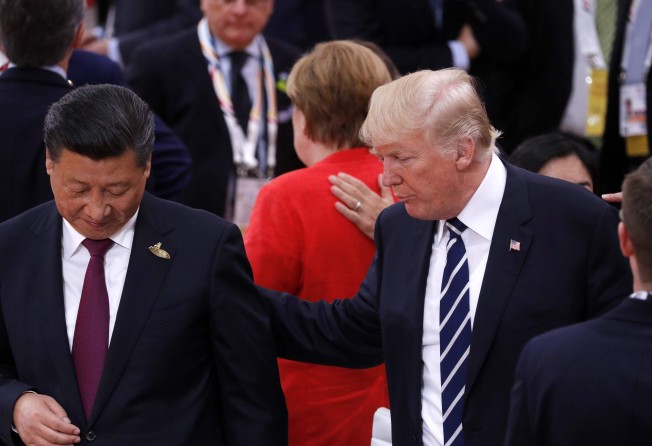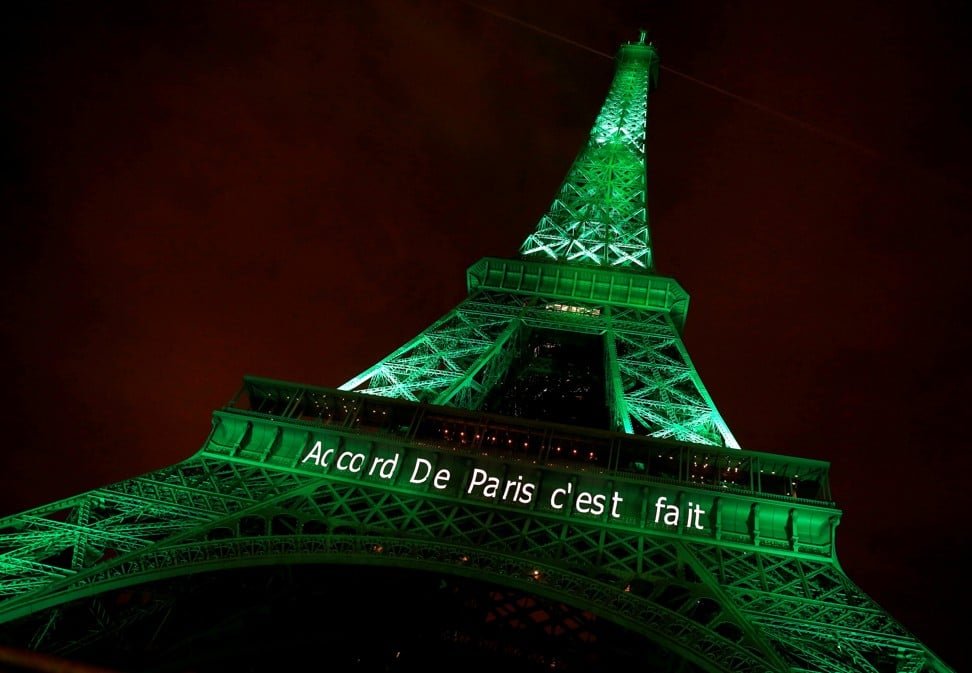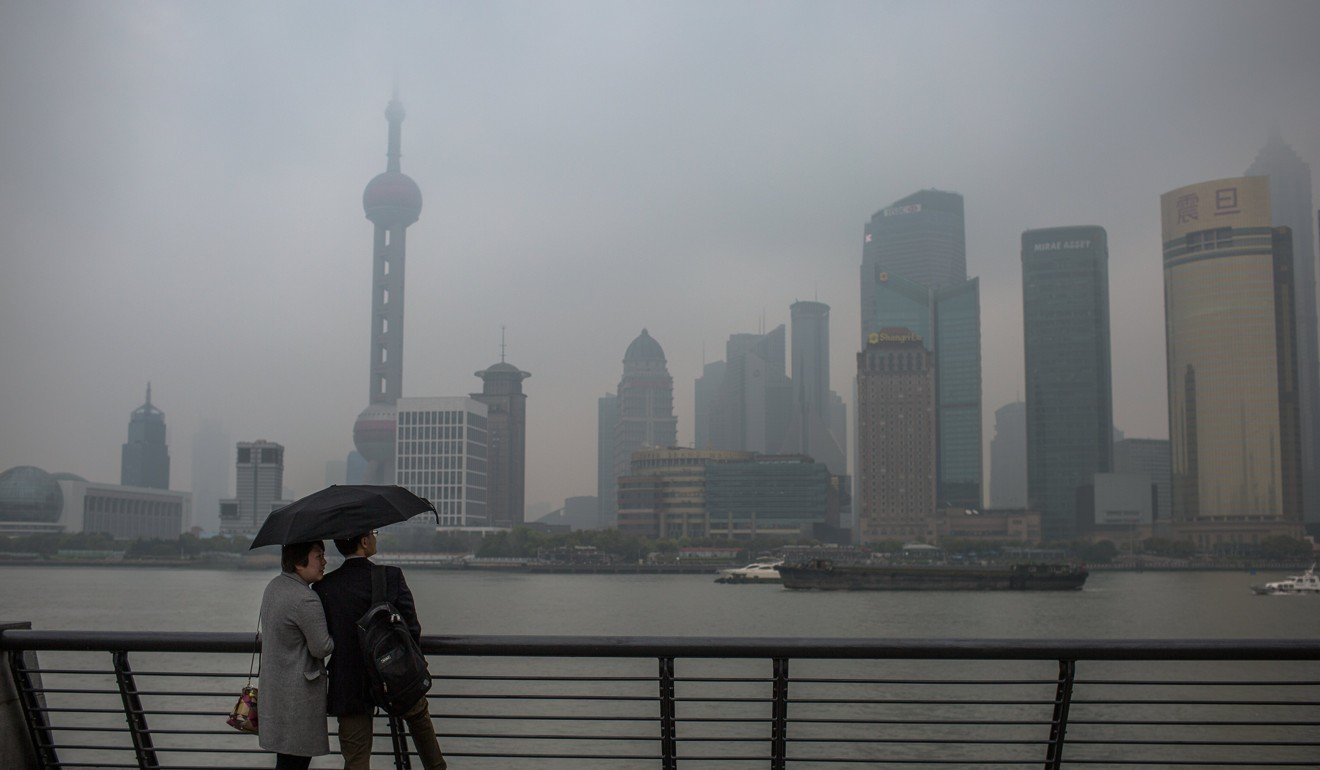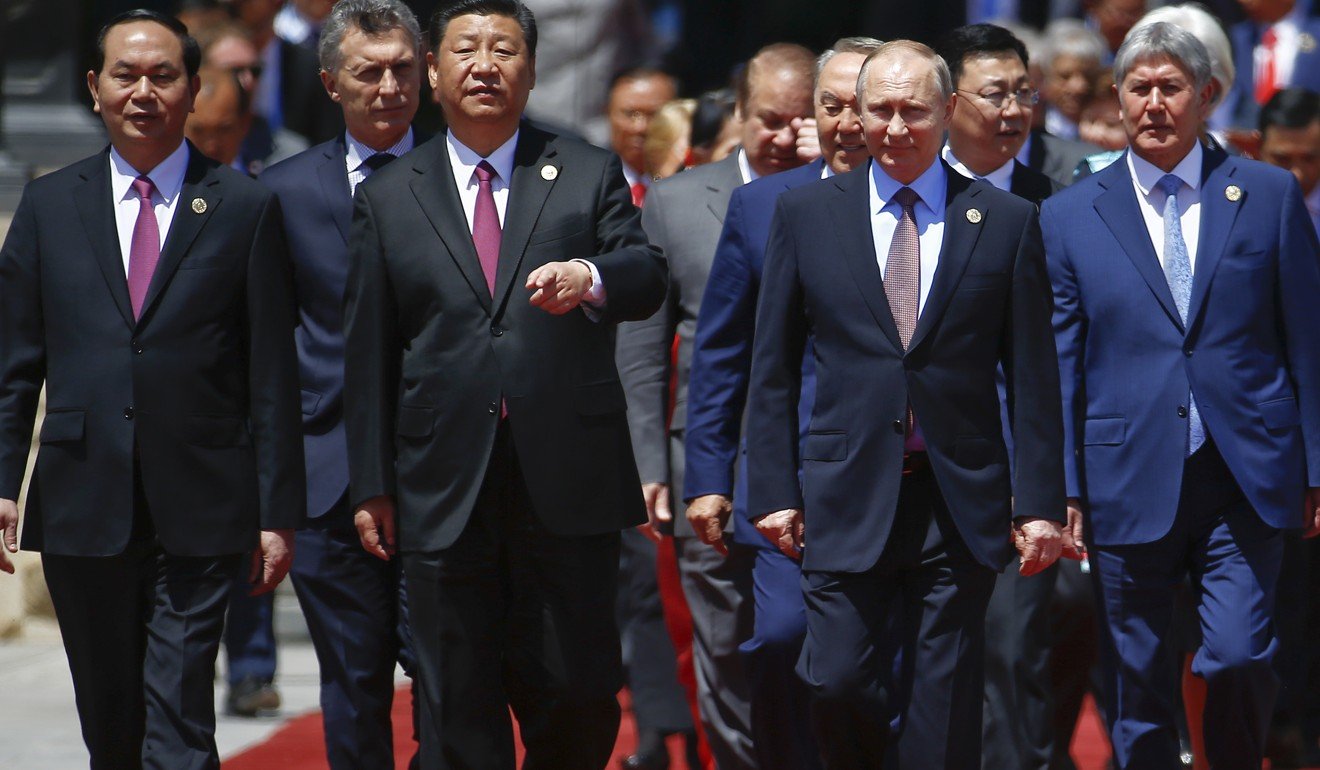How China and Asia can lead the fight against global warming along the belt and road
Michael Celia and Da Hsuan Feng say the belt and road strategy, led by China, may well see Asia take on the climate change leadership ceded by the US, with a firm emphasis on carbon-free energy options and a move away from fossil fuels

President Donald Trump put the final stamp in July on US withdrawal from the 2015 Paris accord, in a major environmental setback for the world. The agreement, with 196 nations signing up, had raised hopes that catastrophic climate change might be avoided through coordinated political action.
Four years earlier, in the autumn of 2013, President Xi Jinping had announced the Belt and Road Initiative, with the aim to revitalise the ancient land and maritime silk roads through political cooperation and economic investments. The initiative involves more than 60 Asian, European, and African countries, which collectively account for almost 40 per cent of the Earth’s land area, 60 per cent of its population, and 30 per cent of global GDP.
On May 14 and 15, representatives from more than 130 countries attended the Belt and Road Forum for International Cooperation in Beijing. A joint communique presented at the conclusion of the forum mentioned “sustainable development” several times, including “promoting cooperation in connectivity and sustainable development” and confirmation of commitments to the Paris accord.
All you need to know about the Belt and Road
With the US ceding global leadership on climate change, and the belt and road gaining momentum, we might ask the following critical questions: can the plan be used to position Asia as the leader in the fight against climate change? More specifically, can the strategy promote large-scale shifts away from fossil fuels? And are there other benefits, besides climate change mitigation, that would result from a strong move away from fossil fuels?
The Paris agreement targets a 2-degree Celsius upper limit for the increase in average global temperature, relative to pre-industrial levels, with an aspirational goal to limit the rise to 1.5 degrees. This would be achieved by significant reductions in emissions that cause global warming, with a focus on carbon dioxide emissions. Most carbon dioxide emissions come from burning coal, oil and natural gas. While the Paris accord holds great significance, the unfortunate reality is that emission reductions pledged by the participants are not sufficient to limit warming to 2 degrees, with temperature increases likely to be well above that by the end of this century. This is clearly exacerbated by the US withdrawal.
The average global temperature for 2016 was already more than one degree above pre-industrial levels. Furthermore, the increases are not uniform globally: there are much larger temperature changes in the high northern latitudes, as proved by rapidly melting Arctic sea ice and Greenland ice sheets. Among other things, warming oceans and melting ice sheets contribute to accelerated sea level rise.
What is the Paris agreement on climate change?
These temperature changes and their associated impacts are consistent with long-standing scientific predictions. The current temperature increases show that we are approaching the 1.5-degree mark for the global average and are well on our way to the 2-degree limit set out in the Paris accord.
Currently, China is the largest emitter of carbon dioxide, responsible for roughly twice the amount the United States produces. Moreover, the general trend in Southeast Asia is to significantly increase coal-fired power generation. To avoid global catastrophe, this simply cannot continue.


With the Paris commitments insufficient to keep climate change below dangerous levels, this is the perfect time for all belt and road parties to consider more carefully the environmental and climate consequences of the future development of this large and critically important region of the world.
As replacement of coal-based power with clean carbon-free energy will greatly reduce air pollution, the health of all inhabitants will be improved and the overall result could literally save the planet.

The planet is sitting at a tipping point and, in many ways, the implementation of the belt and road may determine how the planet tips. A determined, forward-looking policy that places very strong emphasis on carbon-free energy, and moves firmly away from coal and other fossil fuels, would place the entire region, led by China, as clear leaders of the new pollution-free economy of the 21st century.
As far as the global future is concerned, the belt and road initiative could not have come at a more appropriate moment. China and the belt and road countries have to lead the global clean energy revolution, for the benefit of all humanity.
Michael Celia is director of Princeton Environmental Institute and Theodora Shelton Pitney Professor of Environmental Studies at Princeton University. Da Hsuan Feng is a senior fellow at the Institute of Advanced Studies, Nanyang Technological University